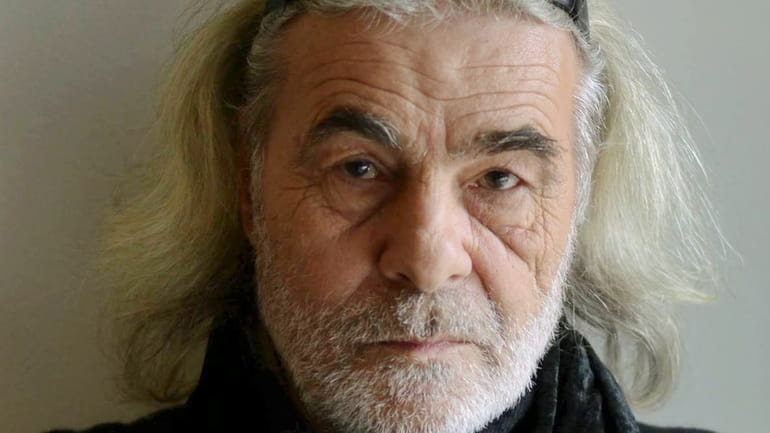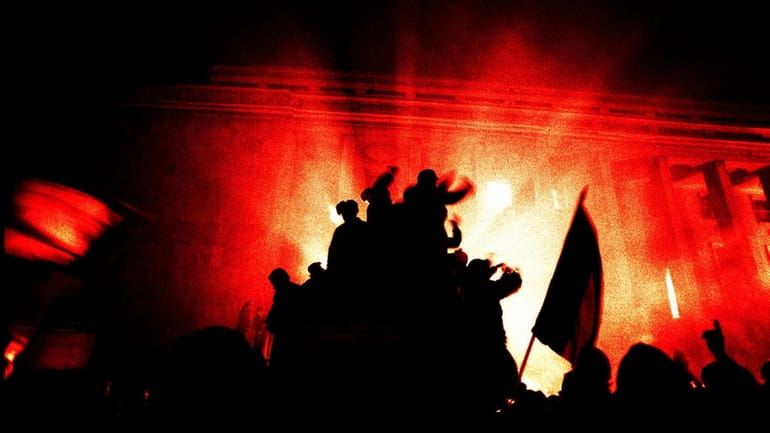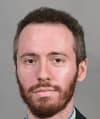Viorel Florescu, Pulitzer Prize-winning photographer who captured images of war, revolution and daily life, dies at 72

Viorel Florescu in 2016. The globe-trotting, Pulitzer-winning former Newsday photographer died on April 30 at age 72. Credit: Viorel Florescu
Viorel Florescu, the swashbuckling, globe-trotting, Pulitzer-prize winning, chain-smoking photographer for Newsday who documented war, terrorism and revolution, as well as everyday life in New York City and on Long Island, died April 30. He was 72.
The cause was cancer — he had been diagnosed within the past month — according to his longtime friend and former Newsday photo colleague Jon Naso. Florescu, who had been living in Coatesville, Pennsylvania, died at Paoli Hospital.
In more than two decades at Newsday, plus stints at several other newspapers, Florescu put himself at the center of the action to photograph the news.
“More than maybe other photojournalists, he is in the middle of events. He’s part of events. He doesn’t take a picture with a kind of objectivity. He really feels the moment. He has a fabulous instinct,” said Anda Onesa-Lieberman, who helped organize an exhibition of Florescu’s work last year.
The two met in 1992 when Florescu came to photograph Onesa-Lieberman— a Romanian movie star who was teaching American history in Manhattan — for an article.
His former Newsday colleagues described a photographer who immersed himself in his assignments.
John Keating, now Newsday’s director of multimedia newsgathering and photography, marveled at Florescu’s courage — particularly a 1994 photograph of an attempted assassination in Haiti: A man cowers on the ground as a gunman aims and prepares to fire. Nearby, Florescu is behind his camera documenting it all. Florescu then helped carry the man, who had been shot in the head and stomach, to an ambulance.
“Viorel showed tremendous courage in dangerous situations,” Keating said of how Florescu managed to get the photo, which ran on Newsday’s front page.
“He covered everything from the attacks on the World Trade Center in 1993 and 2001 to the farm laborers on the East End of Long Island,” Keating said. “He always came away with a memorable picture.”
Deborah Henley, now Newsday’s top editor, was a city desk editor in Manhattan in the 1990s when she first met Florescu.
“I always remember our glimpses of Viorel stopping by the newsroom, throwing you a grin and a wave, dressed to quietly blend in wherever he was headed next,” she said. “Emerging from the background, he artfully captured emotional scenes of turmoil and difficult circumstance but also moments of pride and joy, clearly revealing his genuine respect for those he photographed.”
Ellis Henican, a former Newsday columnist, recalled an assignment with a Ku Klux Klan grand dragon in north Georgia.
“The man kept saying how much he hated ‘fer-ners.’ Then looking at Viorel and adding, ‘except you.’ That's how much Viorel had charmed this hater in 20 minutes,” Henican said in a Facebook tribute.
Florescu — known as “49” for his radio call number — was born in 1949 in Sighisoara, in the historic region of Transylvania in Romania, where he coached judo. He immigrated to the United States when he was 30, and soon got a job at the Bridgeport, Connecticut, newspaper now called The Connecticut Post.
"He would go on to cover hundreds of major news stories, but his passion was documenting the plight of ordinary human beings caught helplessly between forces struggling for political power," according to a biography prepared for the exhibition.
In addition to Newsday, his photographs were published in Time, Life, Newsweek, New York Daily News, The New York Times, The Record of Bergen County, New Jersey, as well as many other publications across the world.
It was while at New York Newsday — the paper's now-defunct city counterpart — that he won a World Press Award for his coverage of Haiti’s first free elections, which culminated in a massacre in 1987 at a polling station in the capital, Port-au-Prince.
He then was part of Newsday's teams that won two Pulitzer Prizes — for coverage of a 1991 Manhattan subway derailment and for coverage of the TWA Flight 800 crash in 1996.
In 1994, he got an Overseas Press Club award for his work photographing a coup in Haiti and the U.S. intervention there.
His subjects included child soldiers in Colombia, the Philippines, Sierra Leone and Liberia; revolution in Romania; war in the former Yugoslavia; the terrorist attacks on the World Trade Center; the war in Afghanistan and the aftermath of Hurricane Katrina.
"The common theme," the biography said, "stayed focused on how these events affected the common man."
In September, his photos were featured at the Brancusi Gallery at the Romanian Cultural Institute in Manhattan. The title: “RECOLLECTIVE.”
He leaves behind his longtime companion, Deirdre Scott. The two met in 2009 when he was assigned by the Daily News to cover her appointment as head of the Bronx Council on the Arts.
He was separated in 1994 from his wife, Florina Florescu, who died earlier this year. Viorel Florescu is survived by his adult sons, George Florescu of Pennsylvania and Alexandru Florescu of Arizona; an adult stepdaughter, Anca Stacescu Ghelmegeanu; and grandchildren.
He will be cremated, and a memorial service will be held in the future.


